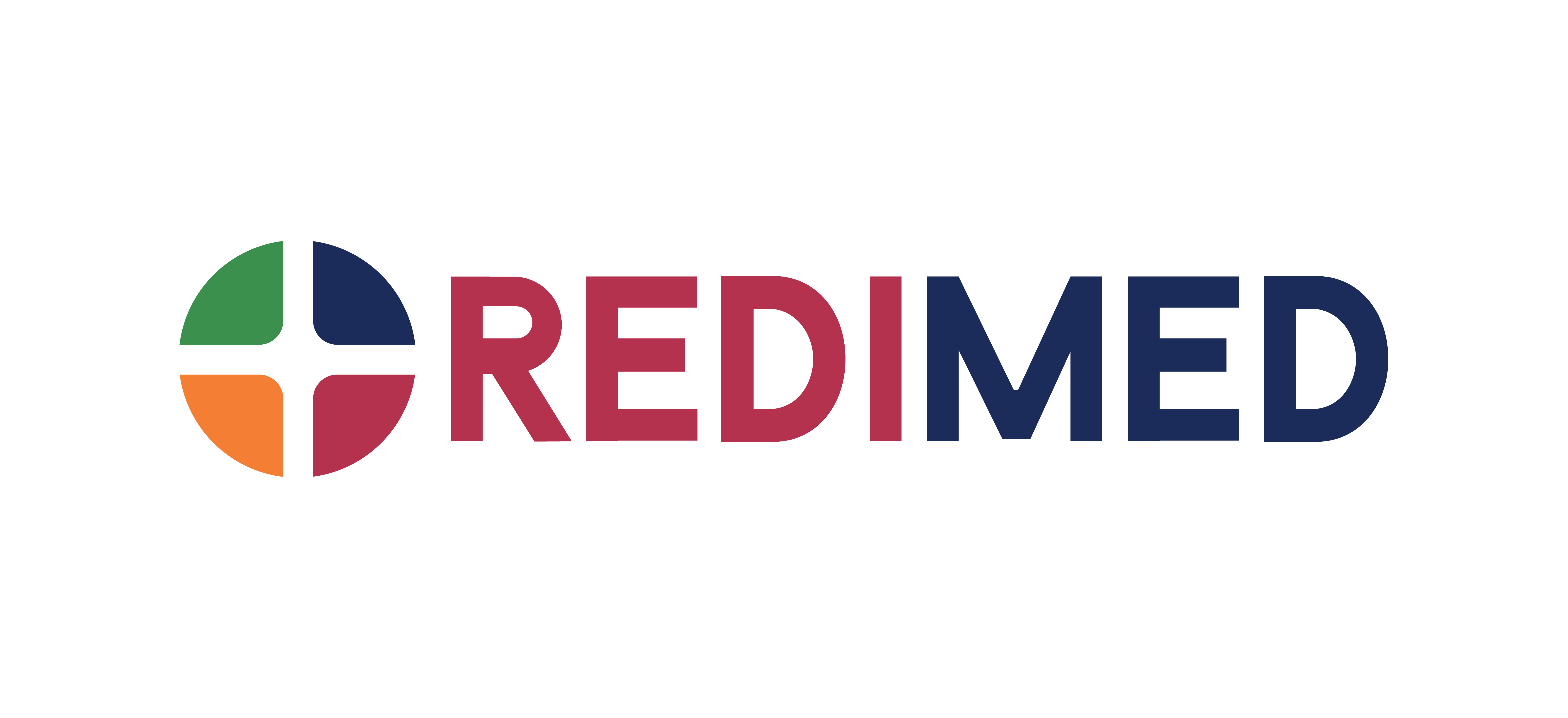Alcohol and Other Drug Testing
Screen workers for the presence of alcohol and other drugs with lab-validated testing.
Trusted by leading Australian employers.








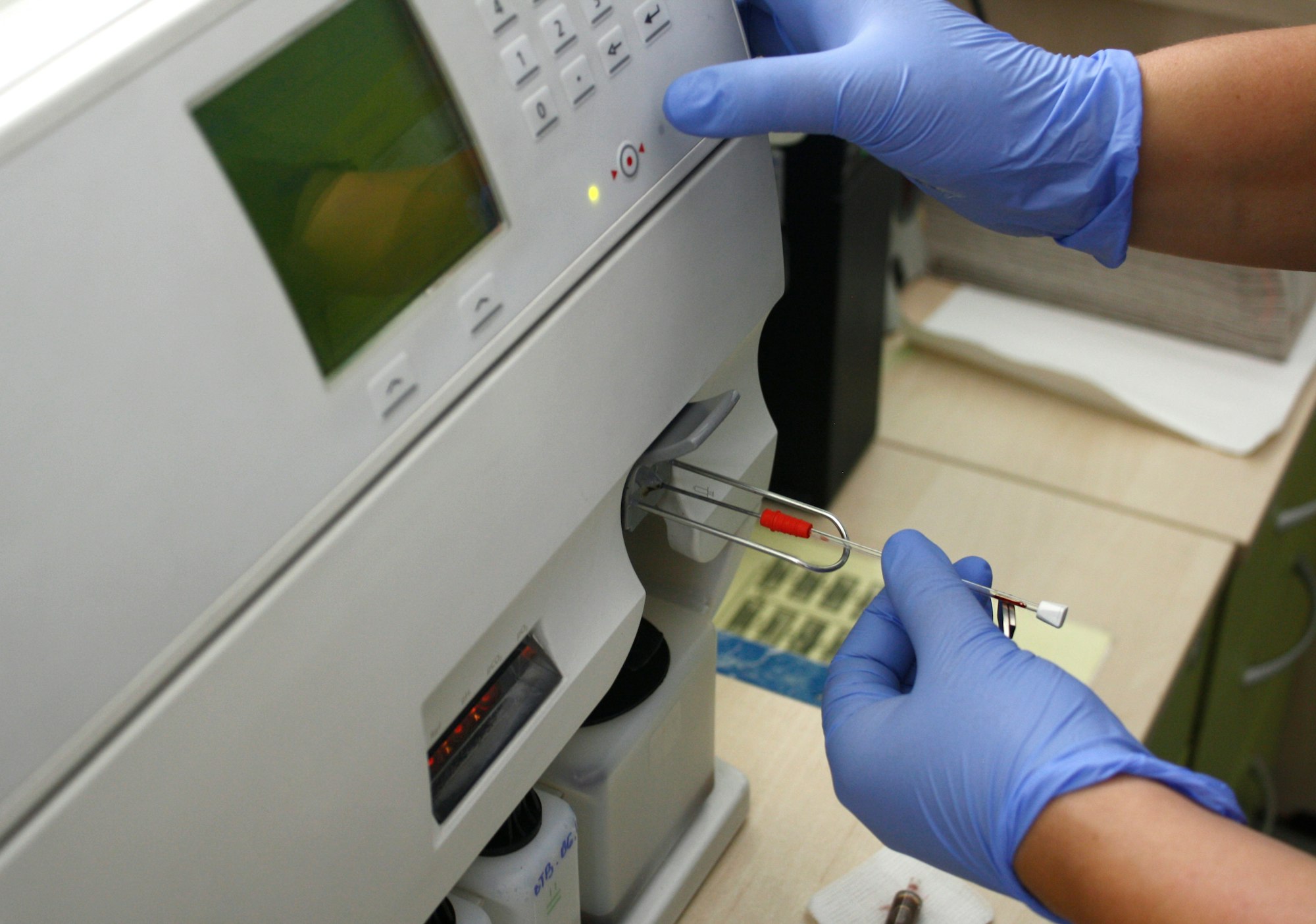

Keep Your Workforce Safe
Alcohol and other drug (AOD) usage costs Australian employers over $6 billion per year.
Alcohol alone contributes to 11% of workplace accidents.
To create a healthier, safer workplace, one of the simplest actions any organisation can take is to implement an AOD testing program.
Regular testing can reduce your people’s risk of accidents, improve productivity, drive behavioural change, and, importantly, help you meet your work health and safety obligations.
We help large and small organisations develop testing programs that screen for drugs across seven major classes, including alcohol.
Schedule a consultation to find out how we can conduct compliant testing on a standalone basis or as part of your broader human health strategy.
Why Choose RediMed?
Through careful assessment, your specific needs, risks and requirements are identified and managed by your dedicated customer relationship manager.
Same-day availability means you can easily test your workers who have been involved in incidents or could be affected by AOD.
Every non-negative and positive test is confirmed via in-lab GC–MS.
Get your people tested on site to minimise time away from work.
Drug Classes We Screen For
Alcohol
Amphetamines
Cocaine
Marijuana
Methamphetamines
Opiates
Benzodiazepines
Screen Candidates Before You Hire
Check potential employees for alcohol and other drug usage with pre-employment medical assessments tailored to each role.
What Types Of Tests Do We Conduct?
Breath-testing devices are used to screen for alcohol under AS 3547:2019.
Amphetamines, methamphetamines, cocaine, marijuana, opiates and benzodiazepines can be detected with tests under AS/NZS 4308:2023.
Amphetamines, methamphetamines, cocaine, marijuana and opiates can be detected with tests under AS/NZS 4760:2019.
All non-negative and positive results are checked through laboratory-based gas chromatography–mass spectrometry (GC–MS).
Ask our team about other types of testing, like sweat patch, blood, and hair follicle tests.
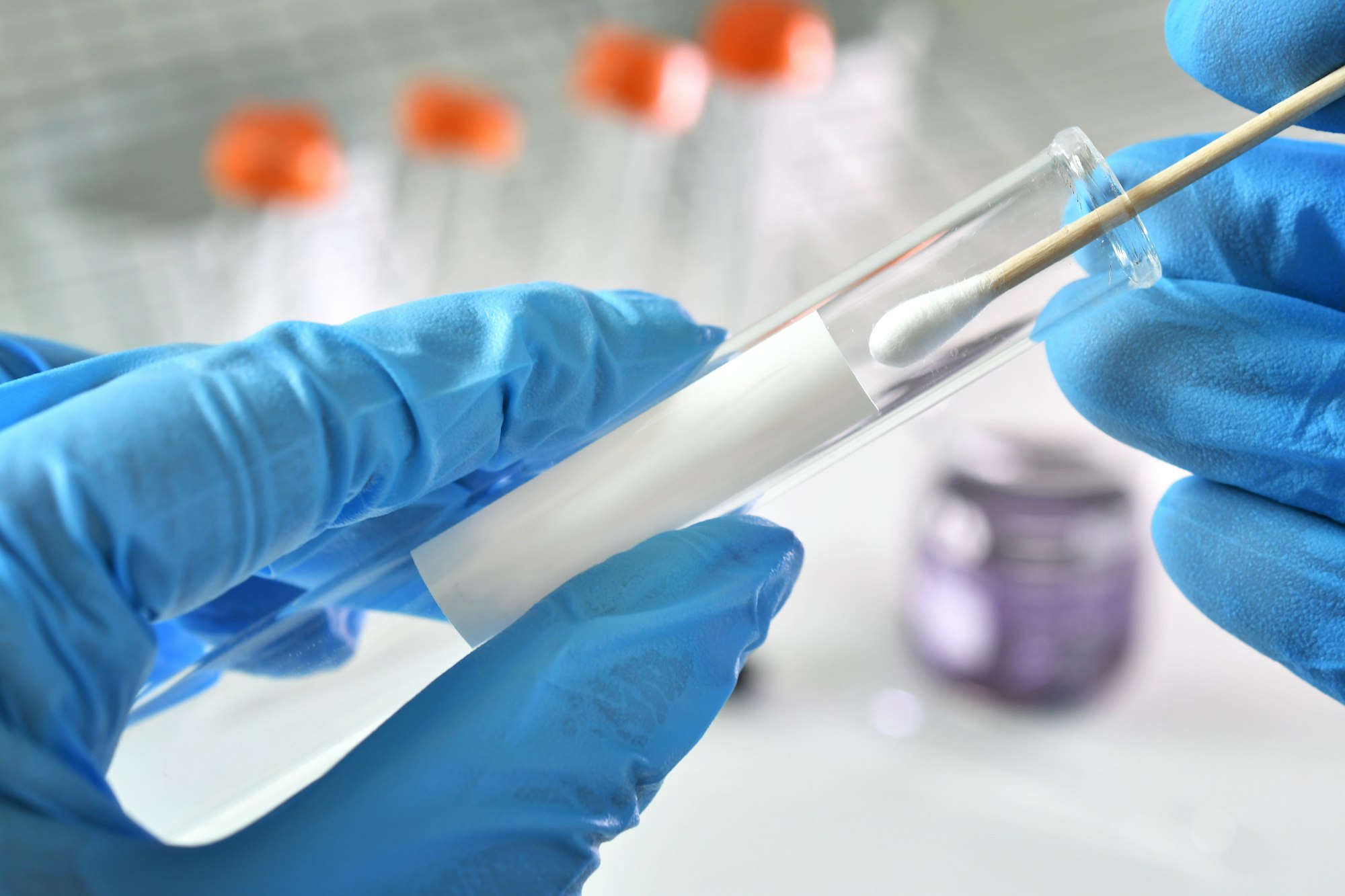
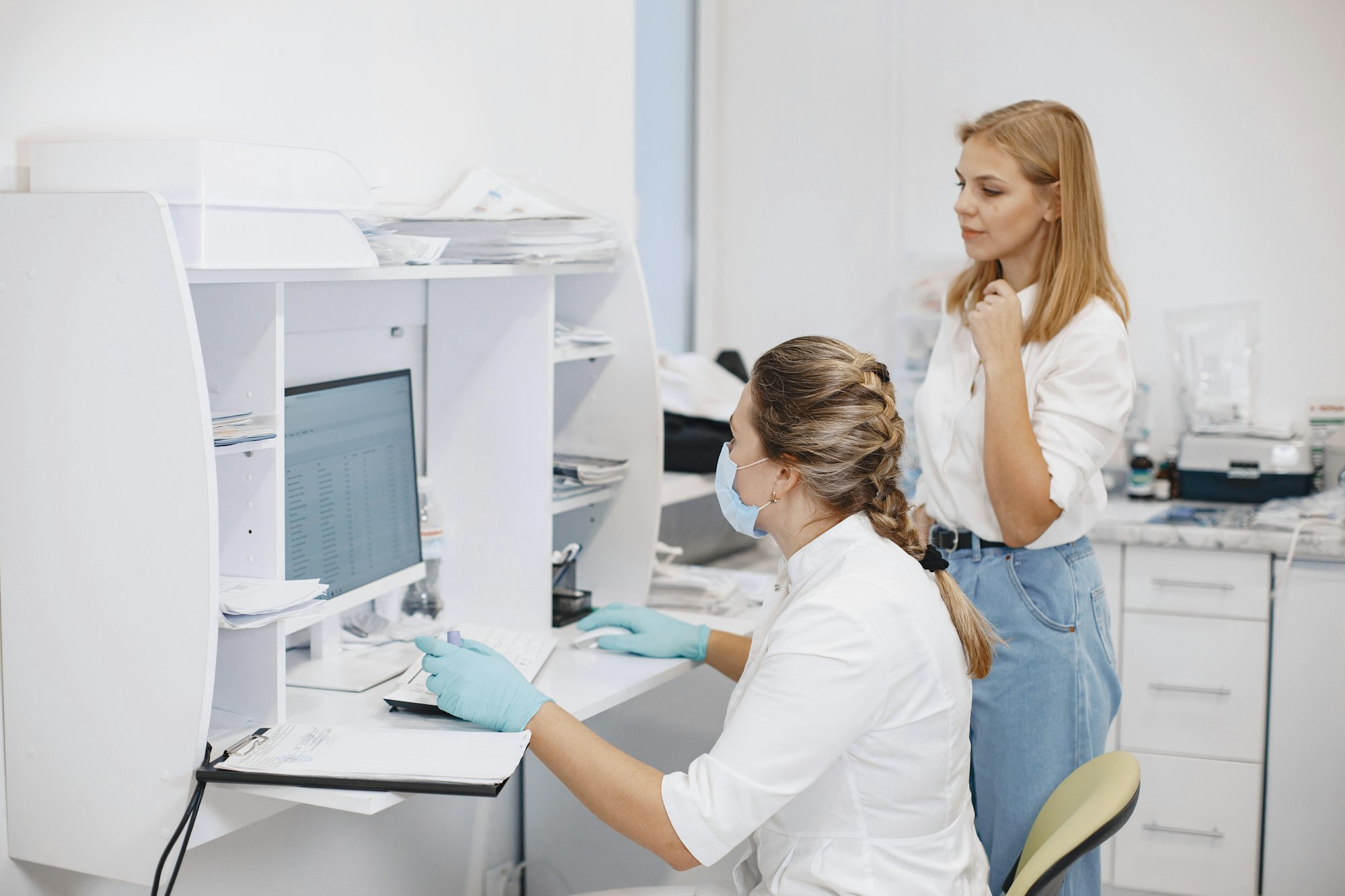


How We Approach Test Results
AOD test results fall into three categories:
- negative (where no alcohol or drug compounds are detected)
- non-negative (where drug compounds are detected in an initial, on-site test)
- positive (where a non-negative result is confirmed by a GC–MS test in a laboratory).
To comply with relevant Australian standards, all non-negative tests where drug compounds are detected at levels over the cut-off thresholds must be sent to a NATA-accredited lab for confirmation testing.
Confirmation tests typically take up to 48 hours and include detailed reports that assess whether the drug compounds were likely to have come from illicit/prescribed substances or other sources, such as fragrances and food.
A comprehensive confirmation process means both you and your employees can have confidence in the results – whatever they might be.
Specialist Testing Requirements
Certain industries – such as aviation, rail, mining, construction, and transport – have AOD testing requirements beyond standard WH&S obligations.
Talk to us to find out how we can conduct tests in line with your DAMP and sector-specific legislation.
Alcohol And Other Drug FAQs
In your AOD policy, you should stipulate how and when testing is conducted. Some of the most common approaches include:
- pre-employment testing, where candidates are tested prior to employment
- random testing, where randomly selected cohorts of workers are tested at preset intervals
- for-cause testing, where a worker has been identified under your AOD policy by a designated person as requiring a test
- post-incident testing, where a worker has been involved in a safety incident or a near-miss event
- scheduled testing, where high-risk workers are tested at preset intervals.
Every organisation should have an alcohol and other drug policy. That policy can be a standalone document or part of broader HR documentation. A clear policy and procedure set helps you meet your legislative obligations around workplace health and safety, and can also prevent discrimination claims from workers when testing does occur.
Typically, a policy should be developed by a group that includes management representatives, employee representatives, employees, and HSRs. Input from professional AOD organisations and workers may also be helpful, depending on your organisation’s size.
An AOD policy should be practical and easily accessible to all employees. Its implementation is also critical – a vague, confusing, overly restrictive, or poorly communicated policy can result in poor compliance. Internal communication should focus on health and safety, not discipline, and supporting resources like EAPs should be provided for employees who may be struggling with AOD usage.
For support drafting or implementing a policy, talk to your RediMed relationship manager. We’ve helped more than 3,000 Australian organisations develop their human health strategies, and understand what makes an AOD policy effective at driving behavioural change.
In your AOD policy, carefully explain how to approach people who appear to be affected by AOD. Signs of being affected – like slurred speech, confusion, fatigue, and coordination problems – can also be the result of physical and mental health conditions and prescribed medication usage, so it’s important for any approaches to be nonconfrontational, calm and supportive.
For example, emotional instability, fatigue, and confusion could be indicative of AOD usage – but could also stem from recent emotional trauma. Your designated personnel should never assume that poor or unsafe work performance is caused by AOD.
AOD usage shouldn’t be demonised by employers. While health and safety are critical (which necessitates penalties for being affected at work), employees who are struggling with alcohol and other drugs should be provided with appropriate support.
Employee assistance programs (EAPs) are confidential programs designed to help your people tackle AOD usage, family difficulties, financial hardship, and other personal problems. They can be established as internal units or, for smaller employers, can be outsourced to appropriate counselling services. (Generally, EAPs should be provided by accredited mental health social workers, psychologists, or other appropriately qualified professionals.)
If you think your workplace could benefit from an EAP, talk to your RediMed relationship manager. We can provide referrals to appropriate services or, where appropriate, establish a remote EAP with our in-house mental health unit.
